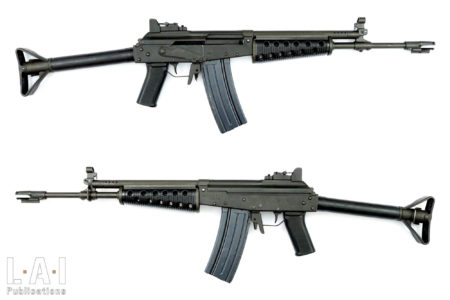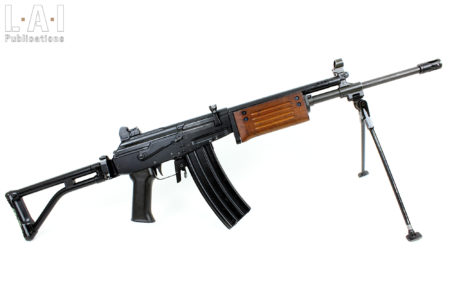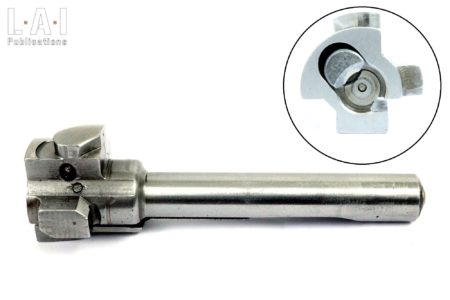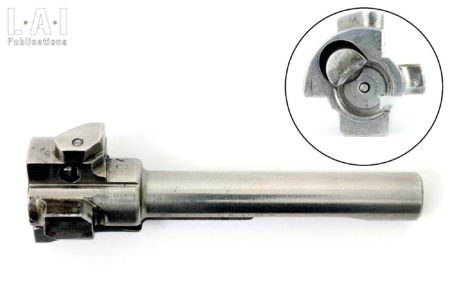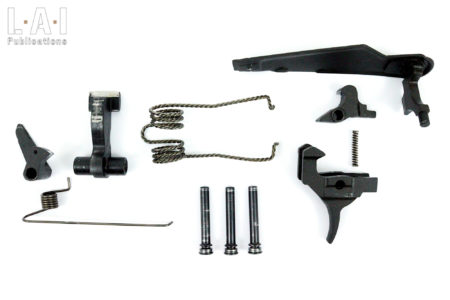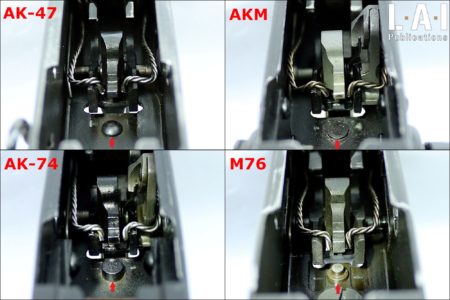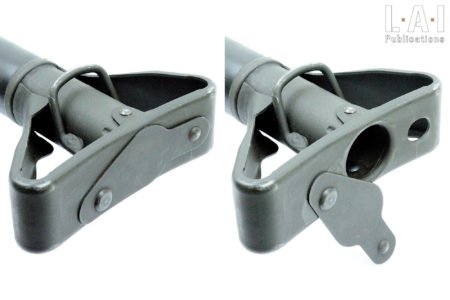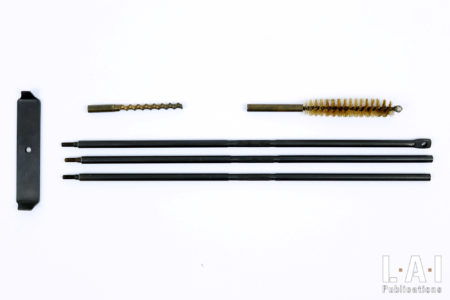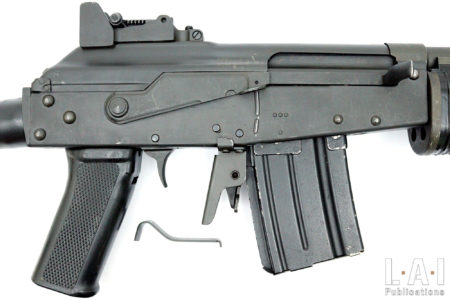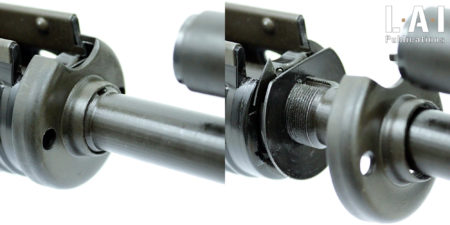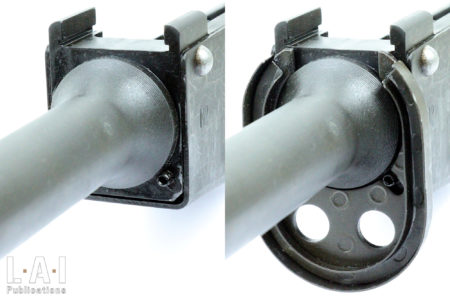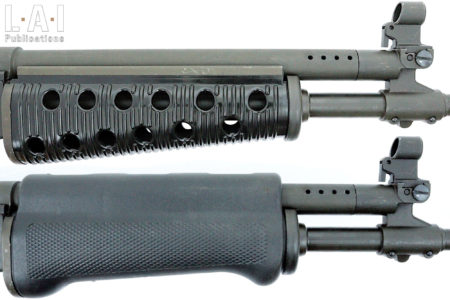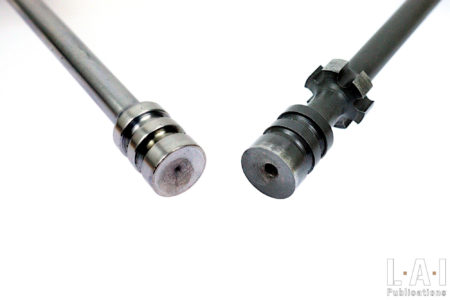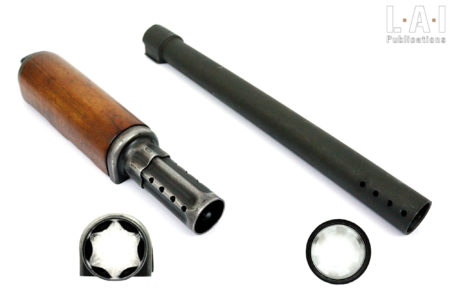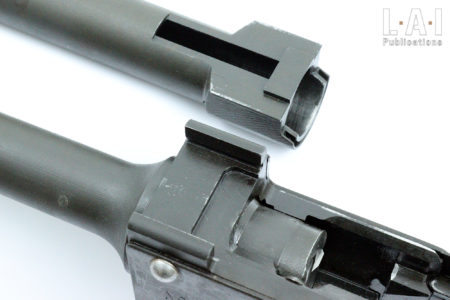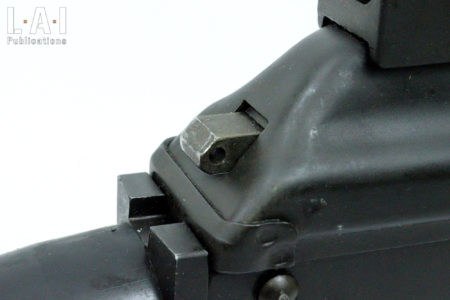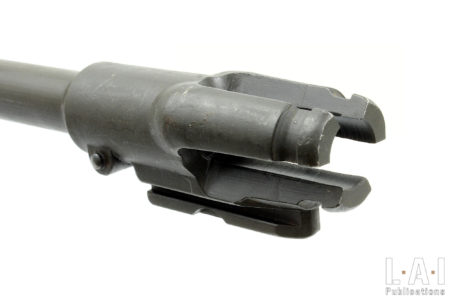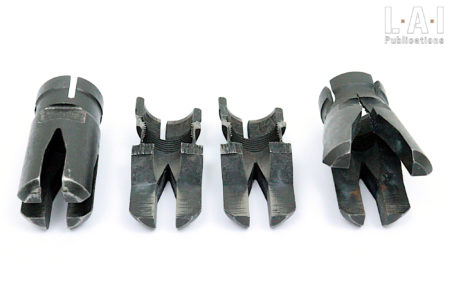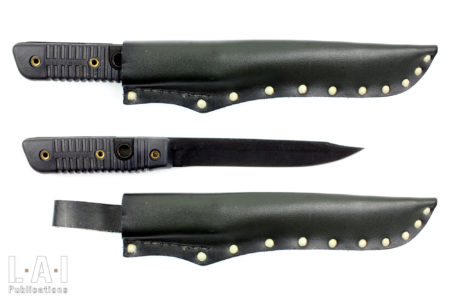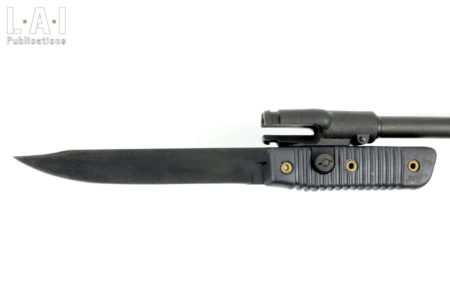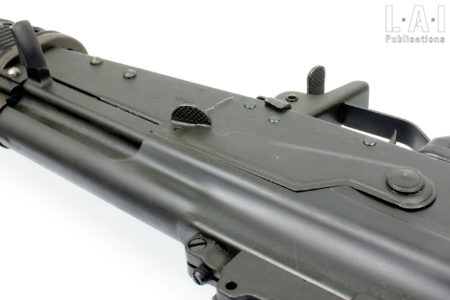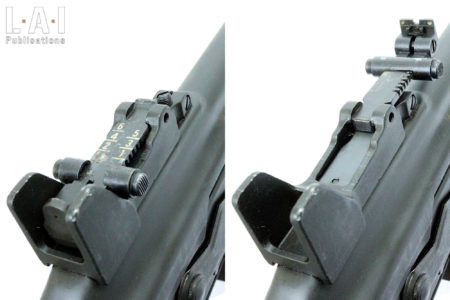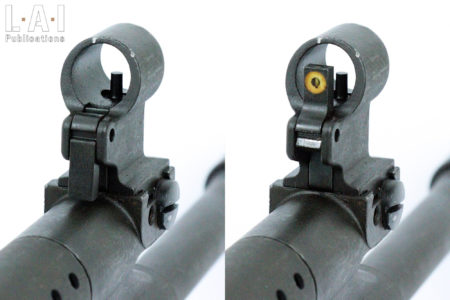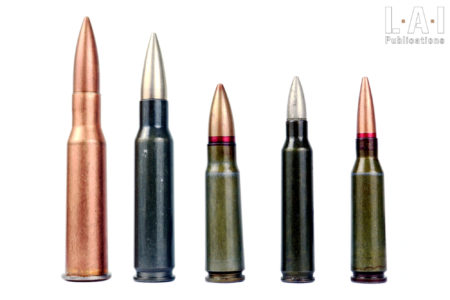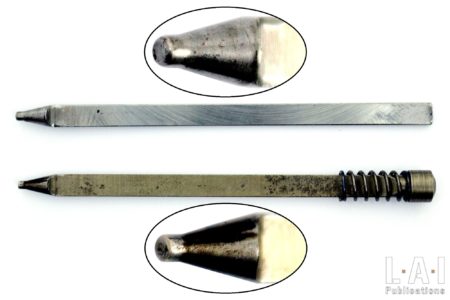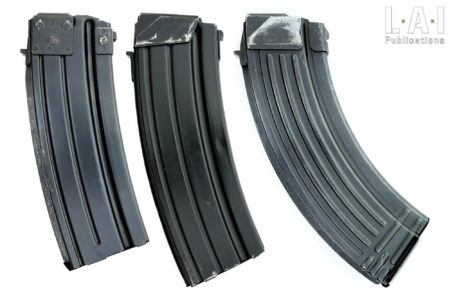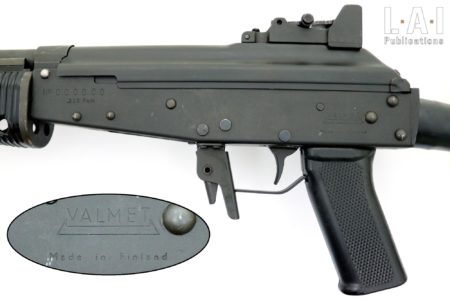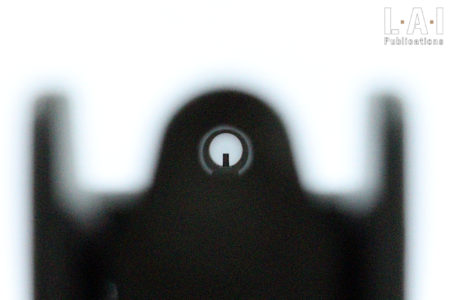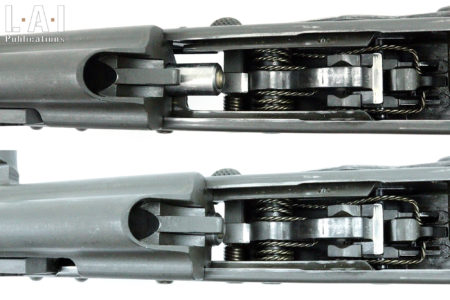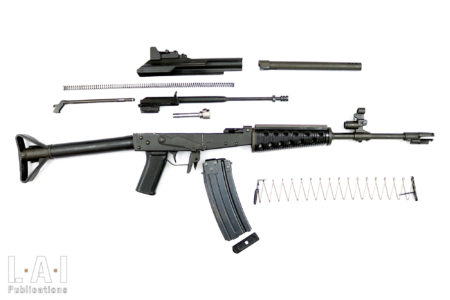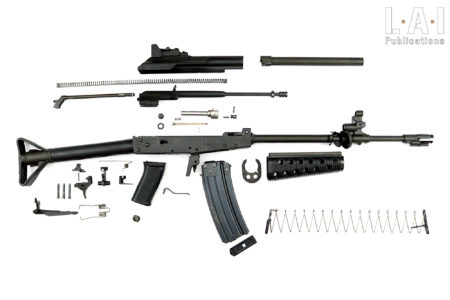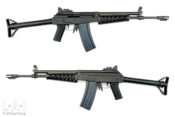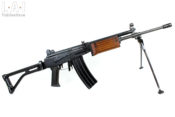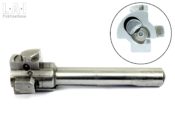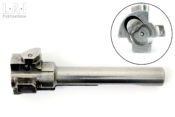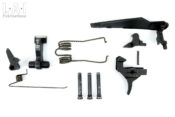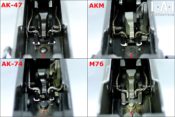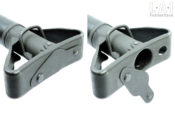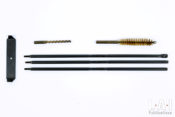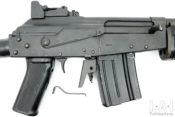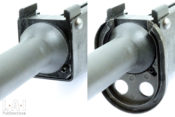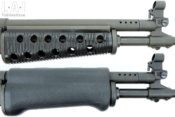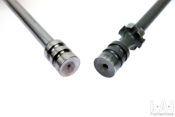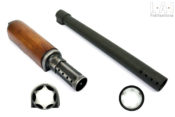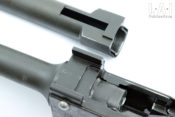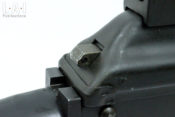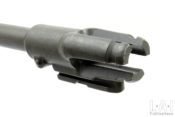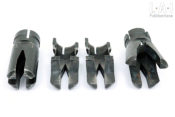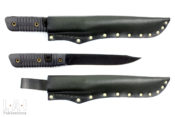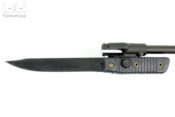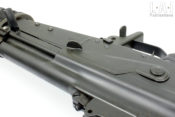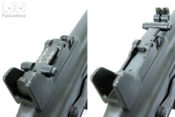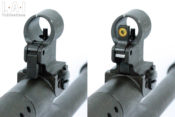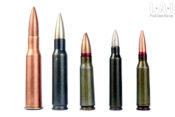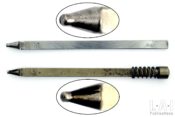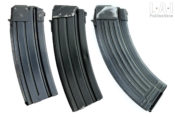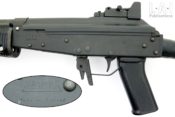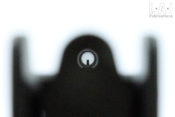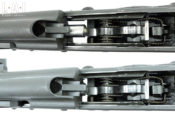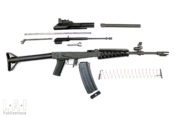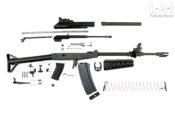The Valmet M76 in .223 Rem caliber

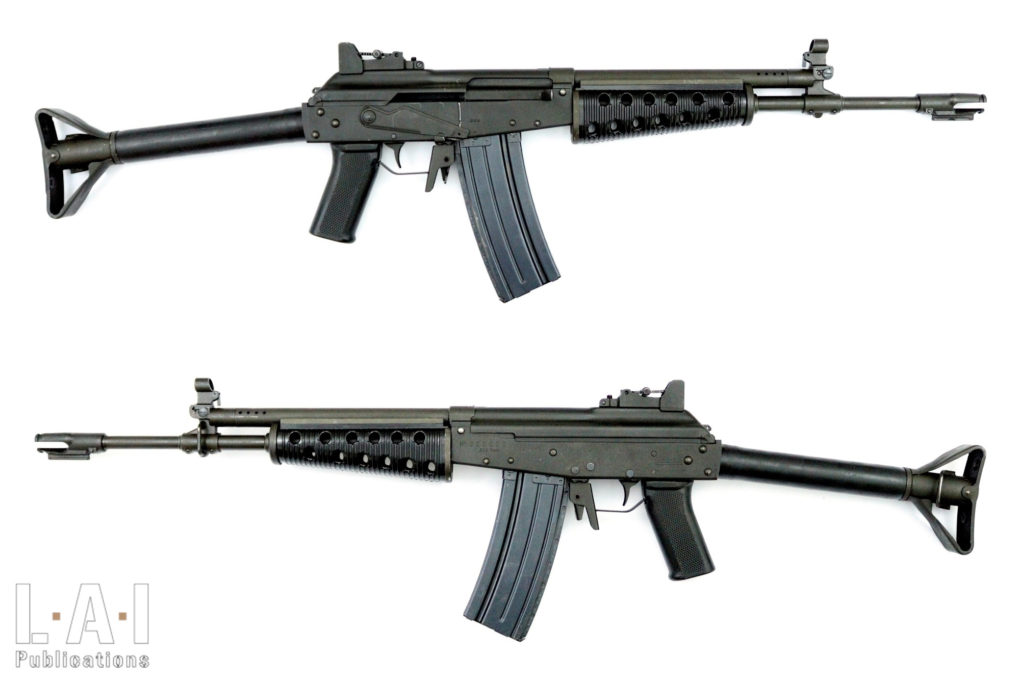
History is sometimes facetious: if the Finnish Suomi KP-31 undeniably served as inspiration for the development of pre-war Soviet submachine guns, it was the Russian AK-47 that served as the basis for the development of the Finnish assault rifleAn assault rifle is a weapon defined by the use of an "inter... More.
The Kalashnikov in the land of Santa Claus
During the twentieth century, relations between Finland and Russia (aka Soviet Union at the time) were complex, to say the least. After two wars, Finland signed a separate peace with the USSR in 1944. Subsequently, the peace treaty of 1947 and the mutual assistance treaty between Finland and the USSR of 1948 were to initiate a somewhat strange neutrality at the beginning of the Cold War. Strange neutrality, because if Finland did not then integrate either NATO or the Warsaw Pact, it nevertheless retained close ties with its Soviet neighbor. These links would be visible in many areas and in particular in the choice of military equipment.
Thus, when choosing a replacement for the venerable Mosin-Nagant, which had been rebuilt many times by the Finnish in different variants which are now the joy of collectors, Finland was moving towards a solution close to the Soviets. After the purchase for evaluation of AK-47 from the Warsaw Pact countries (in Russia or Poland depending on the source), the weapon adopted and manufactured locally was the RK 62 in caliber 7.62×39. If this weapon, produced by VALMET and SAKO, derives directly from the AK-47, it still has a number of differences. Many of them would end up on the M76, the subject of this article.
The RK 62, a rare weapon in private collections, has a forged and milled steel receiver. As for other countries manufacturing variants of the AK-47, this would certainly (at least for a time) be perceived as a production problem in the face of potentially massive needs. It must be apprehended here that the specter of WWII was still present in everyone’s minds, especially leaders: men and equipment had been consumed massively. Thus, its substitution by a stamped sheet steel receiver was considered (for a time at least) as a solution. But like the Chinese, but for different reasons, Finland would not turn to local manufacture of the AKM. It would produce its own variant of stamped receivers, very close to the RK 62 on the rest of its specificities. It is therefore, as for the stamped Chinese Type-56, a weapon closer to an AK-47 than an AKM. For some reason, when a new version would be produced for Finnish military needs in the aftermath of the Cold War (at least, the pause it experienced in the 1990s…), it was a forged and milled receiver of a new design which would be retained with the SAKO M95 in caliber 7.62×39 (still in endowment in Finland at the time of writing). This choice may simply lie in the fact that the production volumes may not have been sufficient to justify the installation of a stamped sheet steel production line. These are profitable only for very large series because of the use of specific machines whose initial investment is important. On the other hand, the desire to fire rifle grenades with this new service weapon was perhaps not unrelated to this decision.
While the RK 62 had some export sales, a variant more specifically intended for this purpose was introduced in 1976. This variant, called “M76”, was offered in 5.56×45, 7.62×39 and even 7.62×51. The weapon met with little military success, and relative success for productions intended for the civilian market. A “Bullpup” variant was also proposed, named M82. It had only a limited distribution but would pass to posterity by its presence in the futuristic scenes of the 1984 film “The Terminator“. This version firing lasers was not marketed to our knowledge!
It should be noted here that despite having a small-arms industry capable of manufacturing quality weapons for the needs of its army, Finland did not seem to have hesitated to buy foreign variants of Kalashnikovs, particularly to equip its reservists. These purchases included East-German productions, but also Chinese productions with a substantial purchase of Type 56-2. These purchases made in the 1990s are likely the result of interesting economic opportunities, allowing reserves to be filled at low cost. Finally, it should be noted here that, in addition to the models intended for export, Finland was heavily involved in the production of the Galil in Israel. We also find in the Israeli weapon certain specificities of the Finnish weapon (Pic.02).
A positive “Finlandization” of the AK-47
The weapon therefore takes up the operating principle of the AK-47: a linked-piston to the bolt carrier associated with a rotating bolt with two lugs on its front part. If the design of the bolt is very close to the AK-47 weapon (but not the AK-74), we note however that the pin of the firing pin is not positioned identically (Pic.03). Indeed, on the Russian weapon, it secures the extractor pin while being positioned at the top of the maneuvering cam, making an exit impossible in a mounted weapon (the cam is inside of the cam path of the bolt carrier – Pic.04). Here, nothing like this: each pin is in an independent housing … and the height of bad taste (at least, in our opinion), is pointed to avoid an accidental exit. This provision seems difficult to understand… But it must have a reason nonetheless!
The firing system is also copied from the AK-47: consisting of 11 pieces, including pins and springs (Pic.05). It nevertheless includes a small refinement present only from the AK-74 for the Soviet productions: the disconnector has a stop on the receiver, arrangement preventing the famous “AK-Slap” (Pic.06). The “AK-Slap” is a violent return of the trigger in the finger of the shooter during the shot which is linked to the brutal setting in motion of the disconnector by the movement of the hammer pushed back by the Bolt Carrier Group (BCG). When it does not have a stop on the receiver, it can push the trigger forward. It would be interesting to check if this provision is present on the RK 62 or if it is a specificity introduced with the M76. The barrel remains at an optimized length for the 7.62×39: 418 mm. It would have been desirable to have a barrel closer to 500 mm to fully exploit the ballistic potential of the 5.56×45, but this would have been at the expense of the total bulk.
Annual subscription.
€45.00 per Year.
45 € (37.5 € excluding tax) Or 3,75€ per month tax included
- Access to all our publications
- Access to all our books
- Support us!
Monthly subscription
€4.50 per Month.
4.50 € (3.75 € excluding tax)
- Access to all our publications
- Access to all our books
- Support us!


